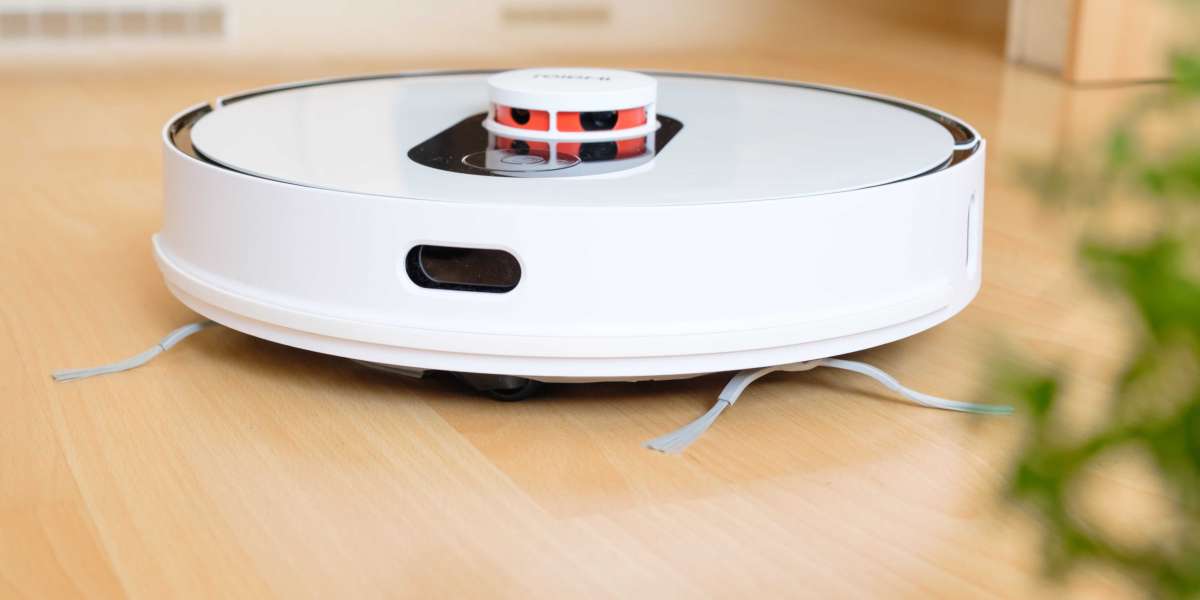We talk a lot about helmets, jackets, gloves, and vests when it comes to motorcycle safety — and rightfully so. Quality gear can literally save your skin in a crash. But there’s one piece of “gear” every rider already has that plays a bigger role in staying safe than anything you can buy off a shelf: your mind.
More specifically, we’re talking about focus and awareness.
No matter how much protection you wear, it won’t do much if your attention isn’t on the road. A distracted rider is a dangerous rider — to themselves and everyone around them. And in many cases, crashes happen not because of faulty gear, but because someone simply wasn’t paying attention.
So let’s dive into how focus and awareness are your ultimate riding tools — and how to sharpen them just like you’d break in a new riding jacket or fine-tune your bike.
Your Brain: The First Line of Defense
You’ve got armor on your shoulders, elbows, and knees. Great. But what about your decision-making? The best riders aren’t just skilled — they’re present. They're scanning intersections, anticipating cars merging, and adjusting their position before anything even happens.
It’s called situational awareness, and it’s the #1 skill every motorcyclist should work on — whether you ride a sportbike, a cruiser, or a café racer with a leather vest and vintage helmet.
Why Focus Beats Fancy Gear (Sometimes)
Don’t get us wrong — protective gear is non-negotiable. But no matter how many layers of leather or Kevlar you’re wrapped in, your mental clarity is what keeps you out of the emergency room in the first place.
Here’s a truth many riders learn the hard way:
Most close calls (and actual crashes) happen not because we didn’t have the right gear, but because we didn’t see the danger coming soon enough.
You can wear a $600 jacket and still get T-boned at an intersection if you blow through a yellow light, miss a stop sign, or assume a driver sees you.
Everyday Situations Where Awareness Makes the Difference
Let’s talk real-life examples.
1. Intersection Anticipation
You’re approaching a four-way intersection. You have the right of way, but there's a car edging out from the cross street. Do you:
- A) Assume they see you and maintain your speed?
- B) Cover the brake, adjust your lane position, and prepare for them to do something stupid?
Experienced, focused riders pick option B every time.
2. Blind Spot Caution
You’re cruising on the highway. You’re passing a car that hasn’t used a turn signal once since you’ve been behind it. Are you paying attention to the subtle drift in their lane? Are you watching their head movement?
These micro-details — often missed when you're zoned out — can be the difference between a safe pass and a sideswipe.
3. Reading the Road
That shimmering patch ahead? Could be water. Or it could be oil. If you’re aware and scanning the surface, you’ll adjust early. If you’re staring at your handlebars or thinking about what’s for dinner, you might hit it at full lean and go sliding.
How to Build Better Focus While Riding
We’re not born with great riding awareness — we build it, ride by ride. Here’s how:
1. Ride with Purpose
Even casual rides deserve your full attention. Treat every ride like it matters, because it does. Your mindset determines how alert you are from the moment you fire up the engine.
2. Do a Mental Pre-Ride Check
Before you roll out, ask yourself:
- Am I tired?
- Am I stressed or distracted?
- Am I rushing?
If you’re mentally off, take a few deep breaths. Slow down. If it’s a bad day to ride — skip it. It’s not worth the risk.
3. Use the “10-Second Scan” Rule
Every 10 seconds, check your:
- Mirrors
- Blind spots
- Lane positioning
- Space cushion
Make it a habit. It keeps your brain in the game and helps you stay ahead of what’s coming next.
4. Train Your Attention Span
Ironically, tech is killing our attention spans — and that bleeds into our riding. Try going for rides where you intentionally observe your surroundings. How many pedestrians did you pass? What color was the last traffic light before the one you stopped at?
Training your focus off the bike helps you stay sharper on it.
How Riding Gear Can Support — But Not Replace — Awareness
We love gear. A solid motorcycle jacket, a protective vest, or a reinforced riding shirt isn’t just about safety — it’s about identity. But it’s important to remember that gear is passive protection. Focus is active prevention.
That said, choosing the right gear can enhance your mental sharpness. Here's how:
- Comfort = Less Distraction: A properly fitted jacket or gloves won’t irritate you while riding. Less fidgeting = more focus.
- Visibility = Better Awareness: Bright colors or reflective vests help you be seen, so you can spend more time riding, less time worrying about being invisible.
- Weather-appropriate gear = Calm Mind: Riding in the rain with soaked jeans or without waterproof gloves? Not ideal. When you're cold and wet, your awareness suffers. Proper gear keeps you mentally clear.
The Mind-Body-Gear Connection
At the end of the day, riding isn’t just physical — it’s mental. The real magic happens when your focus, body, and gear work together in sync.
You:
- Spot a car creeping into your lane (awareness),
- Squeeze the brake and shift your weight (body),
- Your armored gear backs you up if things go south (gear).
That’s the triangle of motorcycle survival. And it starts with the mind.
Final Thoughts
Motorcycling is more than just throttle and gear shifts — it’s about being present, every second. Your helmet protects your head, but your focus protects your life. Your vest protects your chest, but your awareness protects your ride.
So the next time you gear up in your favorite riding shirt, zip up your jacket, and pull on your gloves, remember this: The best “gear” isn’t what you wear — it’s how you think.







